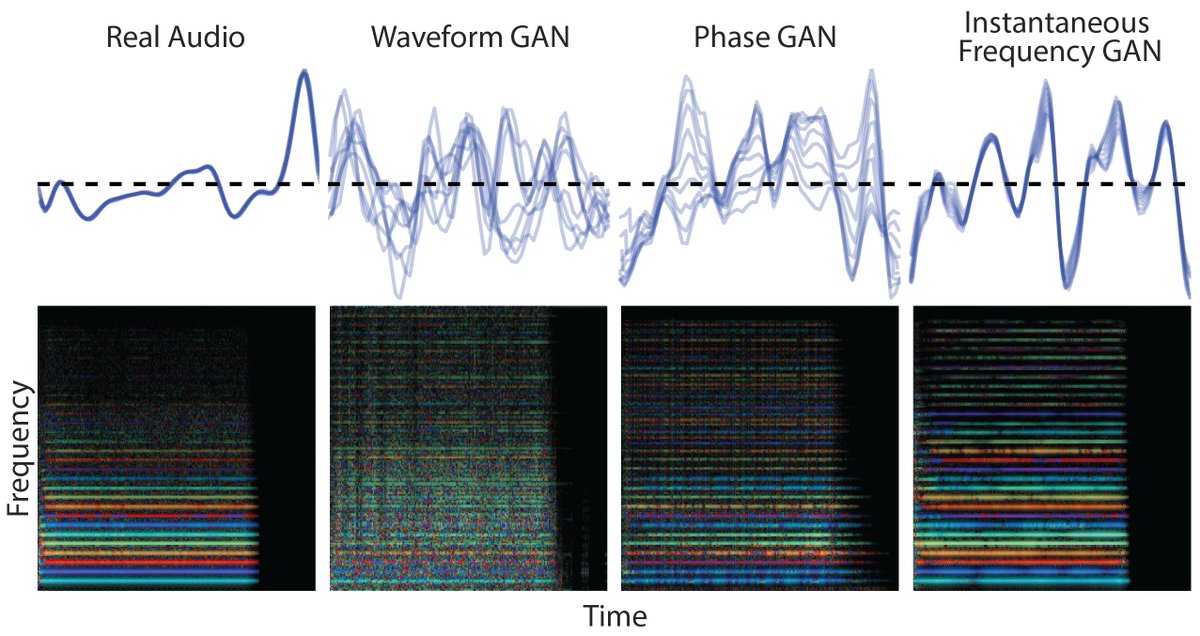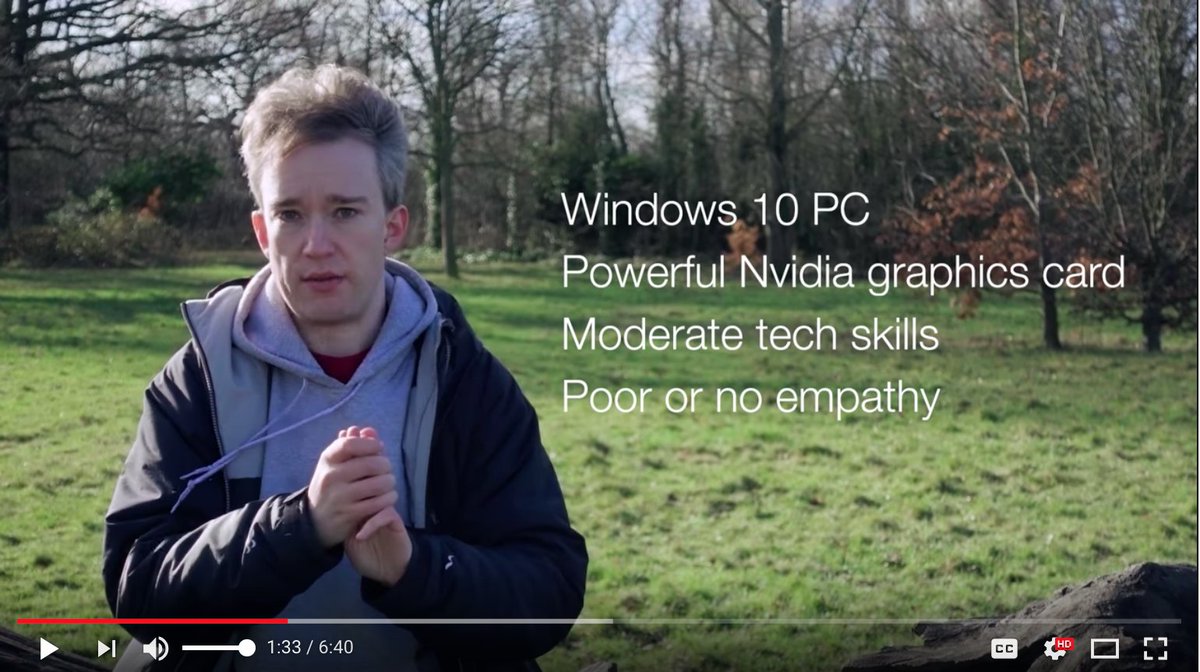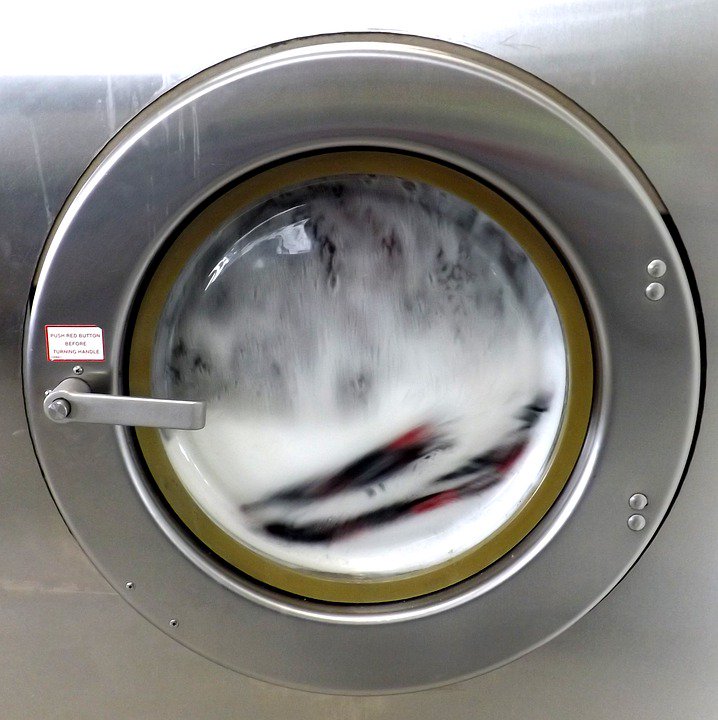GANSynth is a new method for fast generation of high-fidelity audio.
🎵 Examples: goo.gl/magenta/gansyn…
⏯ Colab: goo.gl/magenta/gansyn…
📝 Paper: goo.gl/magenta/gansyn…
💻 Code: goo.gl/magenta/gansyn…
⌨️ Blog: magenta.tensorflow.org/gansynth
1/

I'm excited to finally release this code, have fun making your own sounds with the colab notebook!













